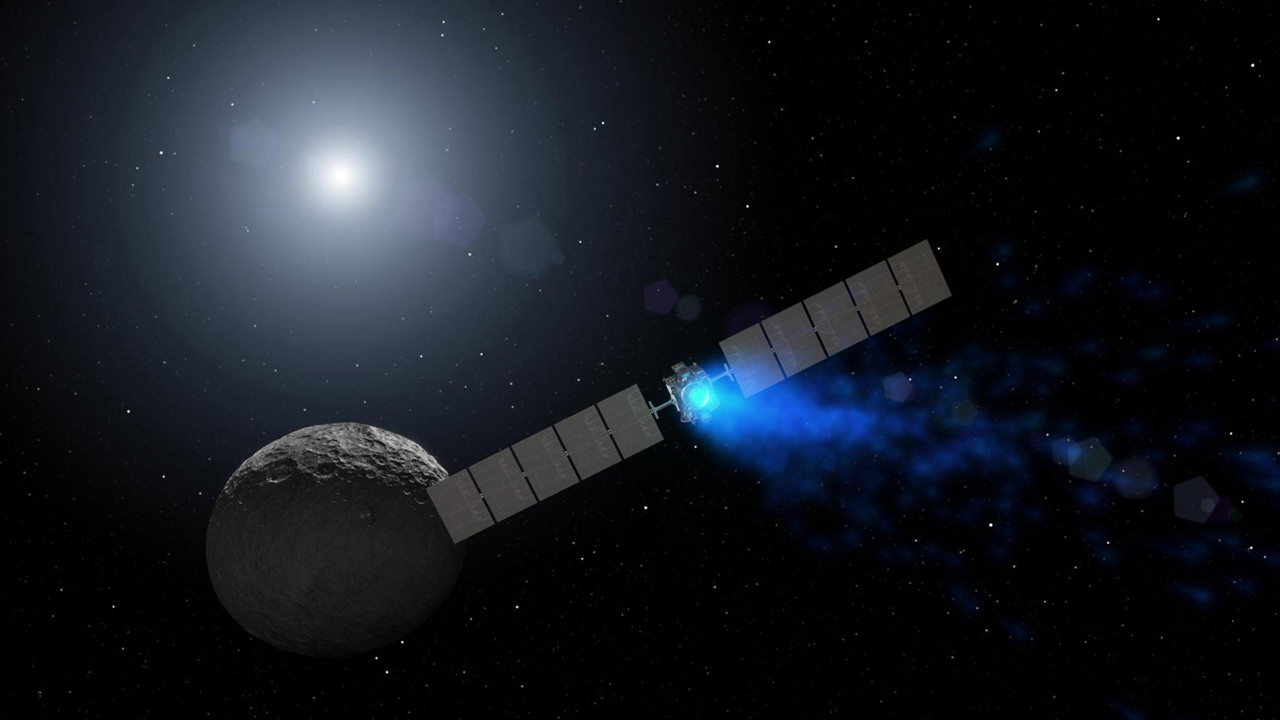Between 2011 and 2018, NASA’s Dawn mission conducted extended observations of Ceres and Vesta, the largest bodies in the Main Asteroid Belt. The mission’s purpose was to address questions about the formation of the Solar System since asteroids are leftover material from the process, which began roughly 4.5 billion years ago. Ceres and Vesta were chosen because Ceres is largely composed of ice, while Vesta is largely composed of rock. During the years it orbited these bodies, Dawn revealed several interesting features on their surfaces.
This included mysterious flow features similar to those observed on other airless bodies like Jupiter’s moon Europa. In a recent study, Michael J. Poston, a researcher from the Southwest Research Institute (SWRI), recently collaborated with a team at NASA’s Jet Propulsion Laboratory to attempt to explain the presence of these features. In the paper detailing their findings, they outlined how post-impact conditions could temporarily produce liquid brines that flow along the surface, creating curved gullies and depositing debris fans along the impact craters’ walls.
Continue reading “New Research Reveals Provides Insight into Mysterious Features on Airless Worlds”










